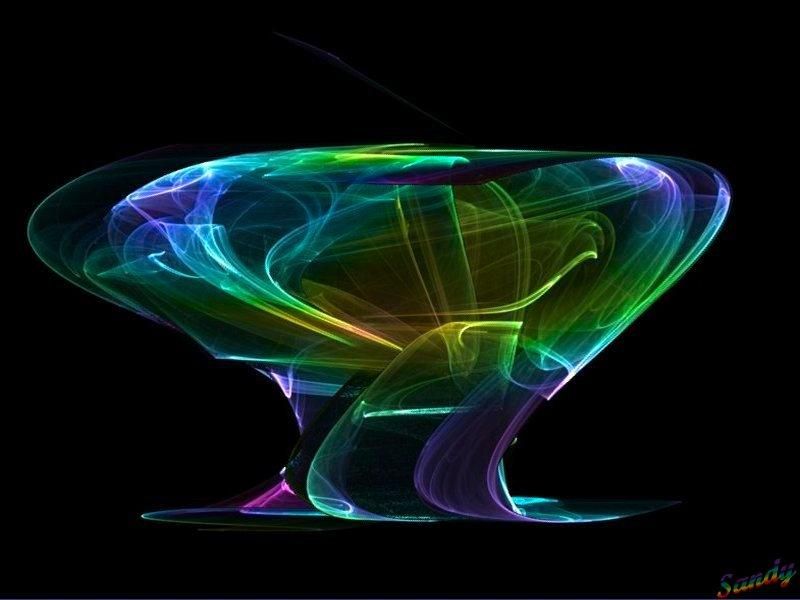

and, OH Yeah! they have actual Jasper shells too (not that I've noticed anything wrong with Gretsch's post Jasper shells though). These 80's drums are pretty much the same as the current USA Customs so they can be a real bargain if you can find a deal. I liked them so much I put together a second set in the same color (and I'm working on a third one ) I ordered a new set in 1987 and have been in love with them ever since. Later in the 80's Fred Gretsch brought the company (which his uncle Fred had sold in the late 60's) back under Gretsch family ownership. Those quality control issues mentioned took place primarily in the 70's on some of the early Stop Sign Badge drums and had been pretty well sorted out by the 1980's when Charlie Roy took over the company from Baldwin. That was all Gretsch made at the time and they were pretty much handmade in the USA (which is why they called them "Customs"). If the drums aren't Blackhawks then they are the top-of-the-line, jasper shelled, die cast hooped, silver interior drums that were once round badges and today are USA Customs. As mentioned earlier the only other line they had at the time were the Blackhawks and you'll know those if you see them.they were pretty much generic imported drums with the Gretsch name on them but not Gretsch lugs or hardware (the Current Blackhawks are still Gretsch's cheapest line but they have improved them a great deal over what they were in the 80's). I have also wanted to re-rap a kit and these would look mighty good in Tangerine crushed glass, which was the color of my first kit. I have been looking at Gretsch's for a while and Hefty help push me over the edge (not that it took much pushing). The only catch is that I will need to sell my big Leedy / Slingerland kit if I get this Gretsch. Most of the Blackhawk stuff I have seen says Blackhawk all over it and the ones I am looking at do have the die cast rims. They look like they are black or a dark green but most definitely a wrap. I am probably going to rims mount both the 12 and 14 and hang them in a one up two down configuration. Same with hardware, as I really hate bass drum tom mounts. It doesn't look like the 12 is a power tom and I am planning on hanging the 14 down like a floor tom, next to the 16" floor tom. It is the badge that can be read upside the same way. They have the square badge with the T extending over the word Gretsch. Not sure how you feel about that, but they're worth more if they're in traditional sizes. One other thing is that a lot of 80's Gretsches toms and basses are in "power" sizes. I ended up swapping out NOS spurs on mine for instance since the others were stripped, but now they work fine. Definitely it's better though if these have Techware instead of the earlier stuff.

The hardware can be a bit crummy though and the Techware stuff which was introduced in the early 80's improved things but can still just be so-so. The 80's versions are a pretty desirable era for Gretsches, depending on who you talk to, and you know how I feel about mine. had a lot of great information on this so maybe he'll chime in) it was really the very early 70's ones that had the most issues (the ones with the first stop sign badge in that link), due to the plant moving that year. There's a lot of conflicting information on the QC of Gretsch drums especially in the 70's and 80's, but from what I gather (and K.O. Here's a good starting point for dating Gretsches: The badges should be square and say "U.S.A." on them (although a very early 80's badge was a stop sign type).

Click to expand.Hey Craig, got any pics? In the 80's Gretsch just had the one line, I believe, which is the top of the line equivalent today.


 0 kommentar(er)
0 kommentar(er)
